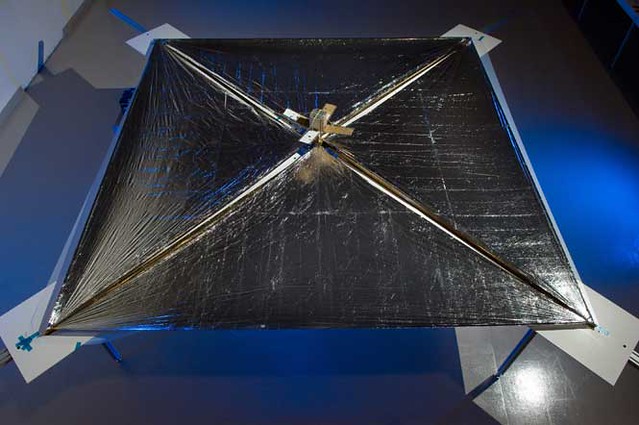 |
| Advancing Space Exploration with Solar Sail Technology |
On April 24, 2024, NASA achieved a milestone in space exploration with the launch of the Advanced Composite Solar Sail System (ACS3). This significant event, carried out aboard Rocket Lab’s Electron rocket from New Zealand, represents a groundbreaking step towards utilizing solar power for space propulsion.
Solar sail technology operates on the principle of harnessing the momentum of photons emitted by the sun. It employs large, reflective surfaces to propel spacecraft without the need for traditional fuel. This technology functions similarly to how wind sails capture wind to propel sailboats, utilizing the constant outward pressure exerted by sunlight. The ACS3 spacecraft, boasting an impressive 80 square meters of reflective surface post-deployment, aims to test the efficacy and potential of solar sails in space transportation.
The core component of the ACS3 mission is an oven-sized CubeSat, which, upon being deployed into orbit, unfurls its solar sail. The spacecraft then utilizes the pressure of sunlight to perform a series of maneuvers to adjust its orbit. This versatility offers significant advantages for future space missions, potentially enabling maneuvers and adjustments without relying on conventional fuel sources.
The success of NASA’s solar sail mission could revolutionize space travel by offering a lightweight alternative to traditional spacecraft. Traditional spacecraft heavily rely on chemical propulsion systems, which require significant amounts of fuel. This dependency limits the scope and duration of missions due to the weight and volume constraints imposed by the fuel. In contrast, solar sails could facilitate longer and potentially interstellar missions by leveraging unlimited solar energy.
Advantages of solar sails over traditional systems include the potential to dramatically reduce the cost and complexity of space missions. By eliminating the need for fuel, spacecraft can be lighter and possibly larger, only constrained by the size of the solar sails they can deploy. Additionally, the ability to maneuver a spacecraft over indefinitely long periods using sunlight could open up new possibilities in the exploration of more distant astronomical objects.
Despite its numerous opportunities, solar sail technology also faces specific challenges. These include concerns regarding the size and durability of the sails, as well as the precision required in spacecraft orientation and control. Ongoing advancements and the results from NASA’s solar sail mission will address these challenges, refining the technology for future applications.
